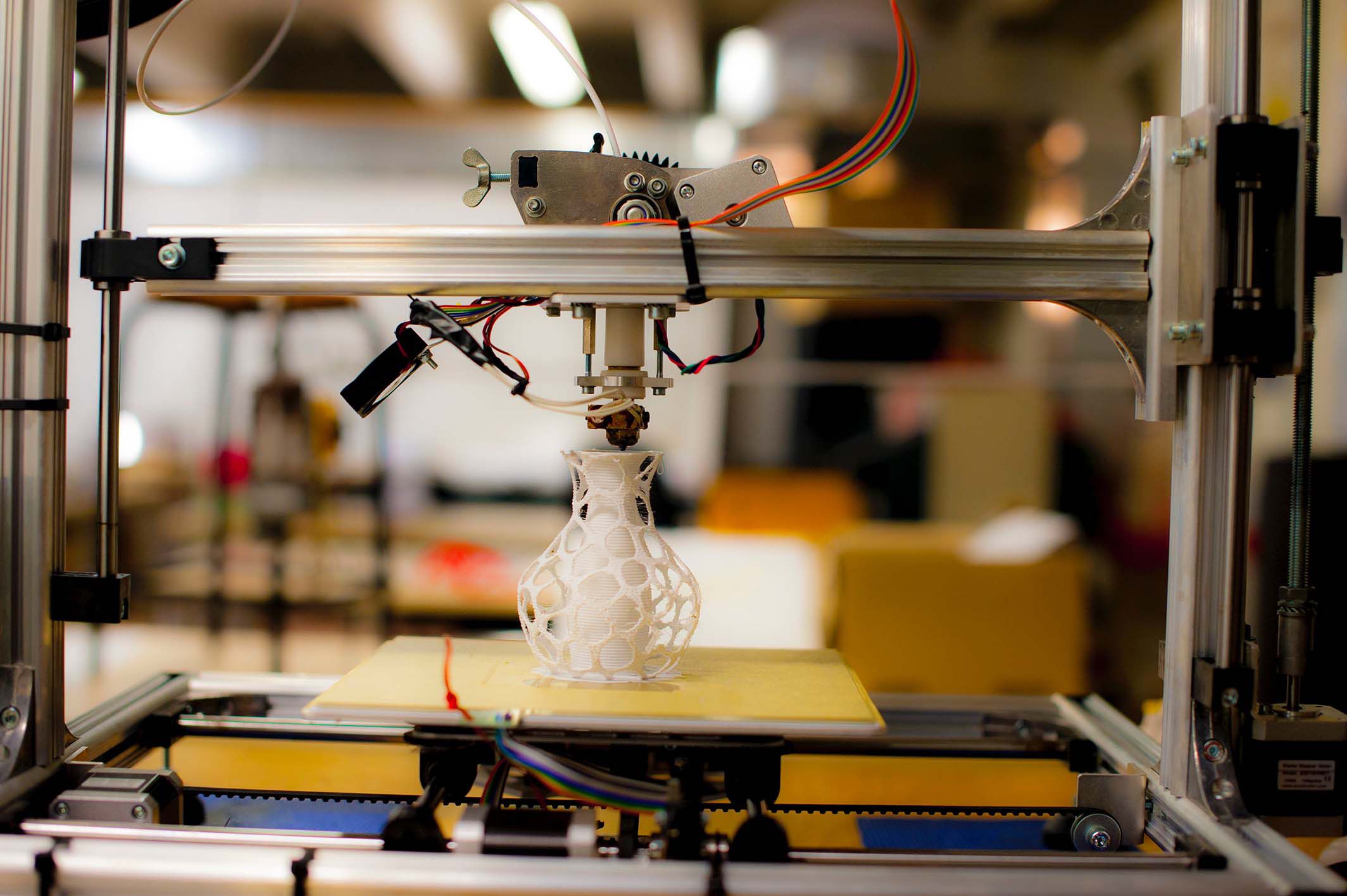In today’s fast-paced world, customers expect more from businesses than ever before. They want products and services that cater to their individual needs and preferences, and they want them delivered quickly and efficiently. This is where hyper-personalization comes in.
Hyper-personalization is a marketing strategy that uses data and technology to create highly personalized experiences for customers. It goes beyond traditional personalization, which typically involves addressing customers by their name and sending them generic recommendations based on their past purchases. Instead, hyper-personalization uses advanced data analytics and machine learning algorithms to create a unique experience for each individual customer.
The benefits of hyper-personalization are numerous. By delivering highly relevant content, offers, and recommendations to customers, businesses can increase customer loyalty, reduce churn rates, and ultimately drive revenue growth. In fact, studies show that hyper-personalization can lead to a 20% increase in sales, a 15% increase in customer satisfaction, and a 10% increase in customer retention.
But hyper-personalization is not without its challenges. It requires access to vast amounts of customer data, as well as the ability to analyze and interpret that data in real-time. It also requires businesses to strike a delicate balance between providing relevant recommendations and respecting customer privacy.
To implement hyper-personalization effectively, businesses need to invest in advanced data analytics tools and machine learning algorithms. They also need to adopt a customer-centric approach, where the customer is at the center of all decision-making processes. This means using customer feedback to refine and improve hyper-personalization efforts over time.
In conclusion, hyper-personalization is a powerful tool that can help businesses revolutionize the customer experience. By delivering highly personalized experiences, businesses can increase customer loyalty, reduce churn rates, and ultimately drive revenue growth. However, to implement hyper-personalization effectively, businesses need to invest in advanced data analytics tools, adopt a customer-centric approach, and strike a balance between personalization and privacy.









